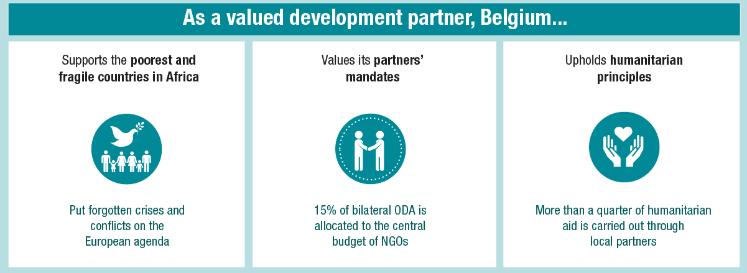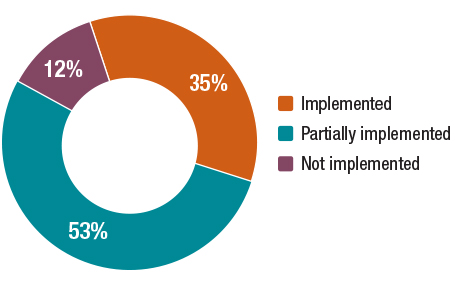Peer reviews of DAC members

OECD Development Co-operation Peer Reviews: Belgium 2020
The OECD’s Development Assistance Committee (DAC) conducts reviews of the individual
development co-operation efforts of DAC members once every five to six years. DAC
peer reviews critically examine the overall performance of a given member, not just
that of its development co-operation agency, covering its policy, programmes and systems.
They take an integrated, system-wide perspective on the development co-operation activities
of the member under review and its approach to fragility, crisis and humanitarian
assistance.
Belgium is a powerful voice for the cause of the least developed countries and fragile
contexts, and a strong humanitarian partner. Committed to the principles of partnership,
it empowers multilateral, civil society and private sector organisations to achieve
their mandates. As Belgium emerges from a period of institutional reforms, this peer
review provides recommendations to strengthen the management of its development co-operation
policy. It also advises on how to take advantage of recent changes to reinforce the
humanitarian-development-peace nexus, and improve the management of human resources.
Available from November 24, 2020Also available in: French
In series:OECD Development Co-operation Peer Reviewsview more titles
TABLE OF CONTENTS
| Foreword | |||||||||||||||
| Abbreviations and acronyms | |||||||||||||||
| Executive summary | |||||||||||||||
| Findings from the 2020 Development Co-operation Peer Review of Belgium (infographic) | |||||||||||||||
| The DAC’s main findings and recommendations | |||||||||||||||
|
Secretariat’s report7 chapters available
|
|||||||||||||||
Powered by OECD iLibrary

